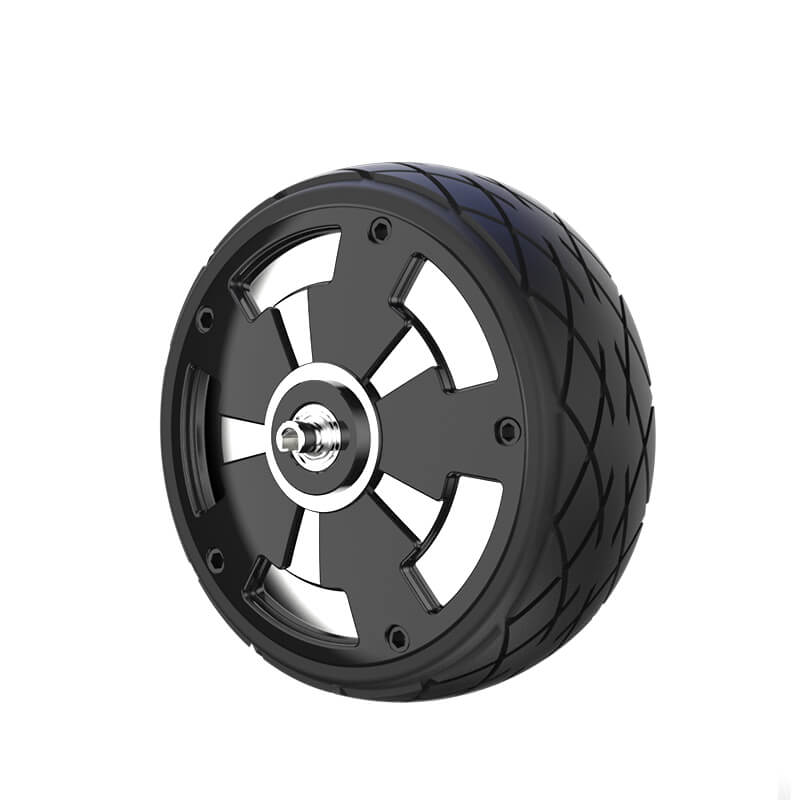Ever wondered how those tiny robotic arms move with such precision? Or maybe you’ve thought about building your own little robotics project and realized that controlling movement is the heart of it all. That’s where the magic of servo motors comes into play. If you’re curious about how to make a servo motor work for you, let’s take a deep dive into what’s involved—no fluff, just straight-up real info.

First off, creating a servo motor isn’t about sewing or woodworking. It’s about understanding the core components—think of it as assembling a tiny, intelligent muscle that responds to your commands. The main parts include the motor itself, a control circuit, and a feedback system—usually a potentiometer—that tells the motor where it is at any given time. The challenge is tying these pieces together seamlessly.
Imagine building a simple setup: you start with a small DC motor, but it lacks precision. Here’s where gear trains come into play—slowing down rotation but increasing torque, making small movements much more accurate. You add a microcontroller (like an Arduino or similar platform) that sends signals, telling the motor how far to turn. So, how do you connect the dots? Well, the control signal changes voltage sent to the motor. That’s feedback: it tells the system when to stop rotating to hold a specific position.
From a practical perspective, assembling your servo involves selecting the right motor size—bigger isn’t always better unless you need more power. You’ll need a power source, a control board, and maybe some precision gears to get that smooth motion. Wiring can be straightforward if you follow the schematic—positive, negative, signal. But don’t underestimate how important it is to test at each step. Maybe turn the control knob with your hand first, see the motor move, then power it up with your microcontroller.
That feedback loop is what makes servos so fascinating. Think about it—your project can sit at a specific angle, then shift slightly or hold position even if resistance appears. It’s all in how the control algorithm is programmed. Adjusting the range of motion or speed is as simple as setting different parameters in your code—smart, isn’t it?
Plus, making your own servo isn’t just about coding or mechanics. It’s about understanding how these tiny components work in harmony. When you finally see your servo go from a flicker of movement to precise positioning, that’s the real thrill. It’s a perfect blend of engineering and creativity.
You might wonder, “Can I do this without all the fancy tools?” Absolutely. A lot can be achieved with basic kits. But go slow. Feel each part, trust the process, and don’t rush. Building your own servo motor turns complex stuff into a rewarding puzzle, piece by piece.
When you’re done, you’ve created a tiny powerhouse that can be integrated into robots, art installations, or even automated systems. It’s practical, it’s fun, and it opens doors to endless possibilities. Whether you’re a hobbyist or just curious about how things work, mastering the art of making a servo motor is a journey worth taking.
Established in 2005, Kpower has been dedicated to a professional compact motion unit manufacturer, headquartered in Dongguan, Guangdong Province, China. Leveraging innovations in modular drive technology, Kpower integrates high-performance motors, precision reducers, and multi-protocol control systems to provide efficient and customized smart drive system solutions. Kpower has delivered professional drive system solutions to over 500 enterprise clients globally with products covering various fields such as Smart Home Systems, Automatic Electronics, Robotics, Precision Agriculture, Drones, and Industrial Automation.




































